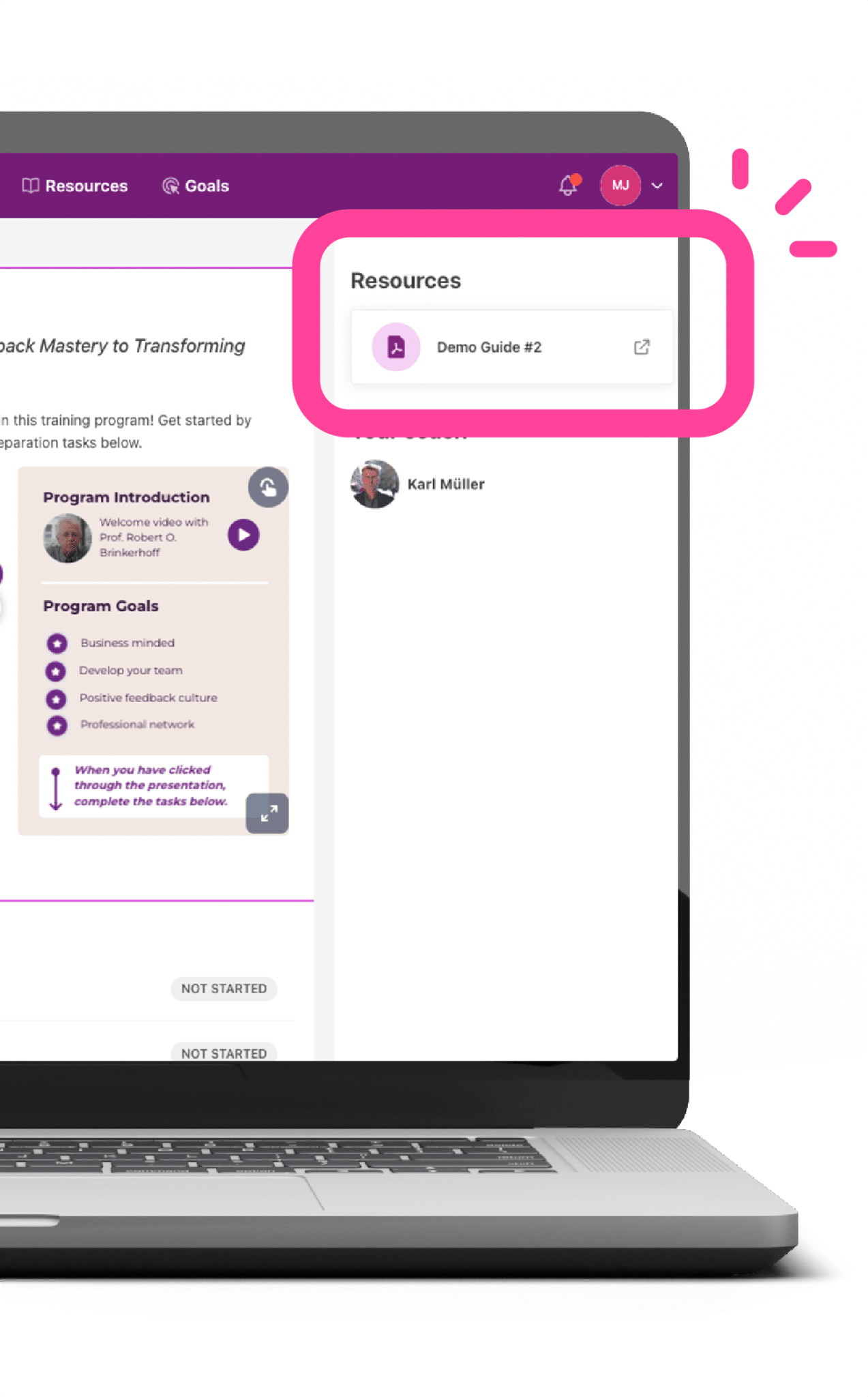Guided Social Learning is no longer a buzzword. It is a way to develop both organizations and employees. Get some hands-on advice how to get started in this blog post.
The social learning theory describes learning as a cognitive process that takes place in any social context, at work, at home, in school, amongst friends and family and so on. Social learning is not always positive, it comprises all behaviors.
For example: If my colleague shows up late to work every morning and I notice that he or she isn’t getting any negative feedback from our manager, there is a big chance that I will try to get into work later myself. But it is the same with good behaviors; I get inspired by my coworkers at work sharing ideas with them and see how they solve common issues.
In the training industry, it is common to use the theory to describe the difficulties of changing a behavior at the workplace after a training session, a big challenge to both the ones who deliver training and the customers ordering it. It’s said that guided social learning is one of the fastest growing segments of the training and education industry, and I truly believe so.
Working in HR/L&D, You invest in a training program and you want to see visible, hands-on results. As an employee, it’s hard to try out a new behavior at the workplace, especially if you’re alone trying it. You have to have a supportive and participating manager, open-minded colleagues and you have to have the courage and chance to try, fail, and try again to succeed.
With an effective and smart feedback culture and guided social learning, it’s possible to make the change happen. These are all things that you as an HR-representative can introduce and encourage at the workplace: In other words, start a learning journey that makes the learning stick.
Three ways how to create a great space with positive peer learning:
- Encourage the sharing “Inside and outside the classroom” – encourage the participants to share experiences, views and opinions.
- Don’t be afraid to use feedback: In a healthy environment, feedback is a great way to make people grow, change and inspire others.
- Wha’s visible gets done: Get a tool to help you monitor the employees progress. Give them feedback exercises; connect them with their managers to create a positive peer pressure.
Guided social learning is one of the key features in Promote. Do you want to learn more about us and how our learning platform can make it easier for you to get real business results from training? Book a free demo with one of our solution experts.




